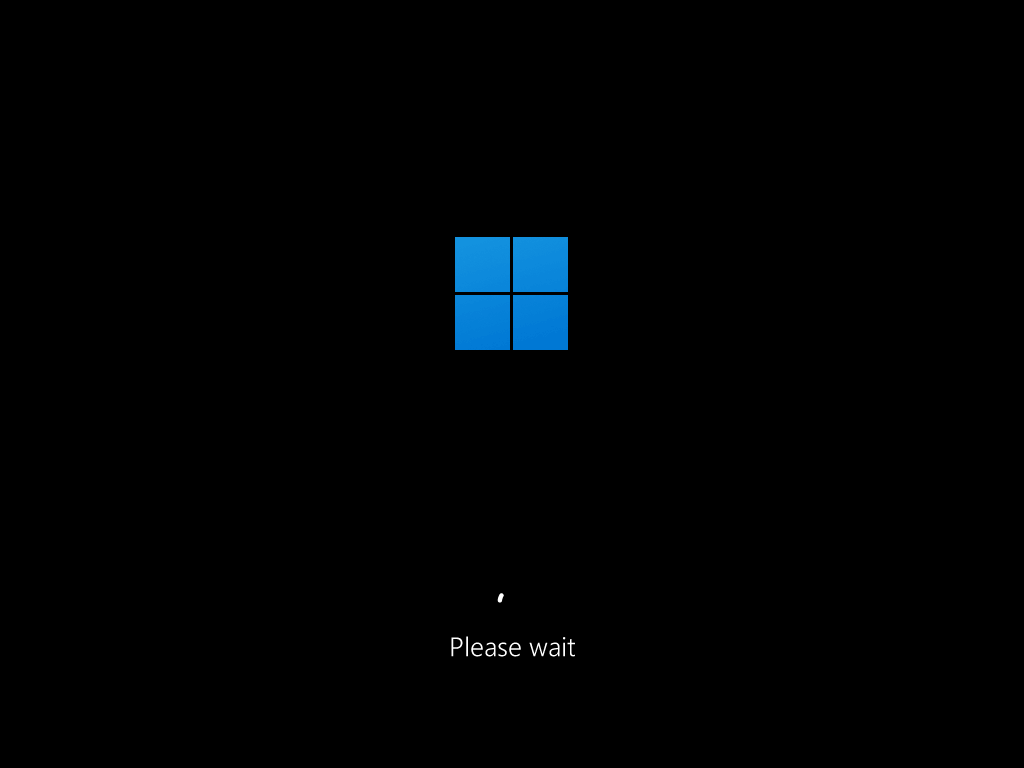Introduction
ChatGPT, driven by sophisticated language models, powered by advanced language models, by surprising users with how well it can complete assignments when provided straightforward prompts. Although, there are occasions when you might need more advanced tasks or crave more precision in the output format. When encountering situations like this, Using the concept of few-shot learning might offer a way out. By giving ChatGPT only a small number of examples, you can use few-shot learning to train it on new tasks. Providing examples while structuring your prompts, you can achieve more specific and powerful results. This article takes a deep dive into understanding how few-shot learning functions and demonstrates its efficacy in fully leveraging ChatGPT’s capabilities.
Understanding Few-Shot Learning
Understanding how few-shot learning works requires, understanding the functioning of ChatGPT’s language model is important. To train ChatGPT, a considerable amount of textual information is utilized, By leveraging this feature, ChatGPT can generate prompt-specific responses that consider the surrounding context. The AI model excels by grasping the purpose of the prompt and creating cohesive replies.
Nevertheless, there are instances you may require additional authority over the assignment or anticipate that the result should conform to a particular structure. Take the following example: imagine a situation where you desire ChatGPT to come up with dog names, while specifically desiring the names to follow a certain structure. This is the scenario where few-shot learning becomes important.

What is Few-Shot Learning?
The technique known as few-shot learning which enables ChatGPT to acquire knowledge and tackle more intricate tasks by providing it with a few examples. Rather than solely relying on the context given by the prompt, few-shot learning enables you to show how the AI model should react to particular inputs.
Essentially, this notion is like giving ChatGPT a glimpse of some examples relevant to the task you expect it to complete., hence the term “few-shot learning.” Through assimilating these instances, ChatGPT acquires an improved comprehension of the intended task and produces more customized replies.
Incorporating Examples for Better Prompts with Examples
In order to harness the potential of few-shot learning, including example inputs and outputs for the task in your prompts helps in structuring. When you carry out this action, you illustrate to ChatGPT how the predicted answers ought to be formulated.
For instance, if you want ChatGPT to generate dog names, you can provide an example like this:
In this example, you explicitly show ChatGPT how you want the output formatted by providing an input and its corresponding output. Through the provision of additional instances, ChatGPT develops a heightened understanding of the task.

Few-shot learning offers several advantages:
Increased Control: By using examples, you achieve additional influence in determining how ChatGPT responds to the prompts it receives. Tasks that require precise output formatting greatly benefit from this. where output formatting is essential.
Specific Results: By demonstrating examples, you can be certain that ChatGPT creates replies that match your needs.
Task Customization: Through few-shot learning, you can instruct ChatGPT on particular tasks that may not be included in its overall training data.
Important Considerations
It is essential to be aware of a few key points when using few-shot learning with ChatGPT:
Prompt Context: Remember that ChatGPT only remembers the examples within the context of your prompt. Should you initiate a different thread or session, you must exchange the examples one more time.
Example Quality: The quality and relevance of the examples provided directly influence Effective task learning is key to ChatGPT’s ability to learn. Ensure that the examples accurately represent the desired task and outputs.

Conclusion
Leveraging the capabilities of few-shot learning that allows you to unleash the full potential of ChatGPT. Through the use of examples, you can instruct ChatGPT in fresh and intricate tasks., This allows it to produce precise and customized replies.. Applying this strategy grants you heightened control over the AI model’s output and streamlines customization for individual tasks. As you delve into the functionalities of ChatGPT, think about employing few-shot learning for improved and focused outcomes.










